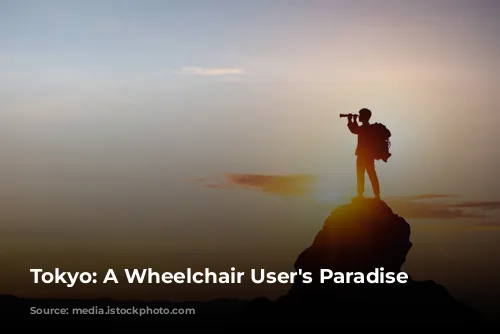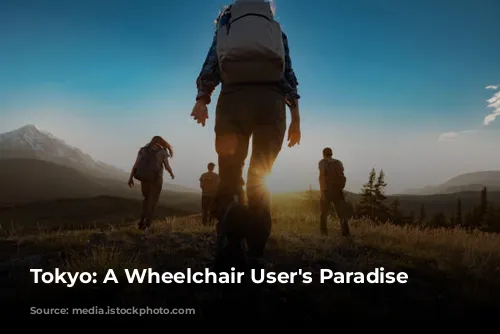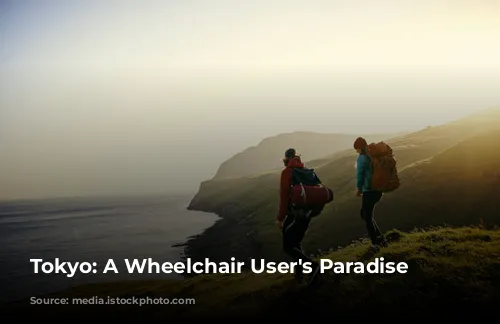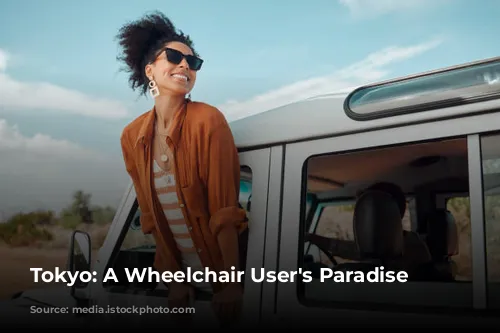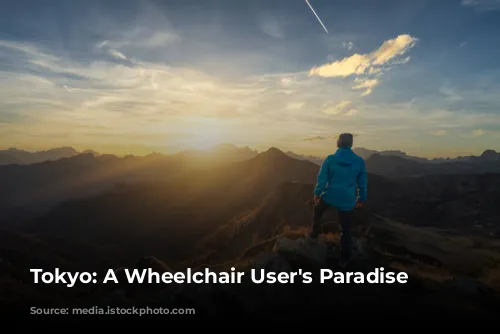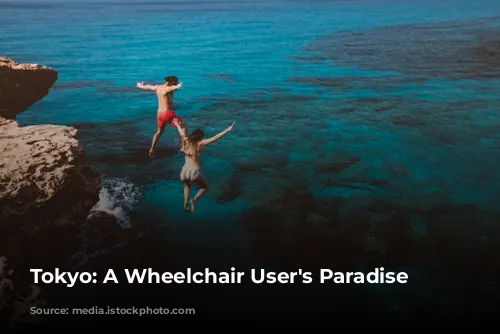Imagine exploring a city bustling with life, where ancient temples stand beside towering skyscrapers, and neon lights illuminate bustling streets. Now imagine navigating this vibrant landscape with ease, thanks to a remarkably accessible public transportation system. This is the reality of Tokyo for wheelchair users, a city that consistently pushes the boundaries of inclusivity.
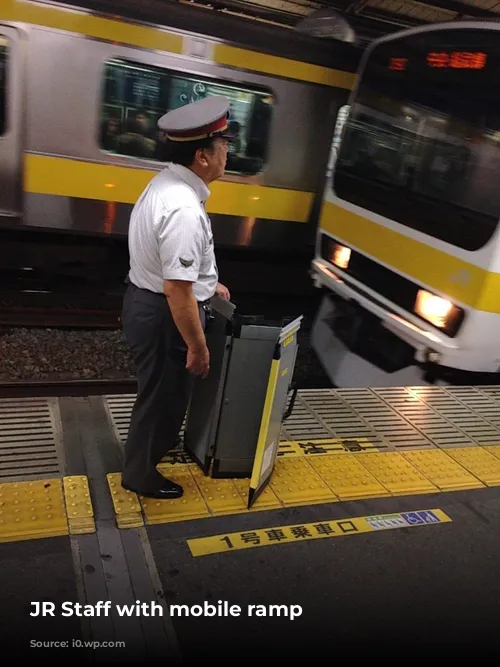
A Journey of Discovery and Accessibility
My recent trip to Tokyo was my fourth, and each time, I fall deeper in love with this captivating metropolis. This journey, however, was different. I rented a mobility scooter, a decision that revolutionized my experience and allowed me to explore independently.
Flying in with Air France, I landed at Tokyo Haneda Airport on October 22nd, 2016, and settled into a charming Airbnb in Sendagaya. My journey was enriched by the company of my friend Sue and her two children.
Inspired by my almost two-week stay, I decided to share my experiences through a series of articles, starting with the most crucial aspect: Accessibility.
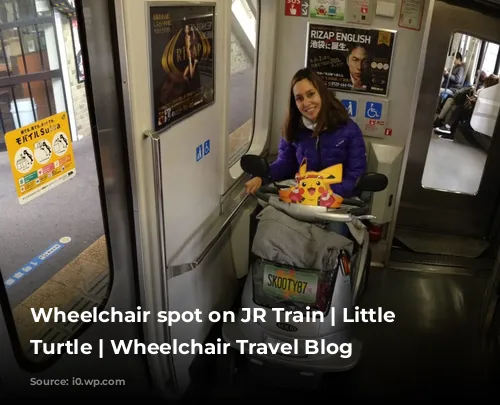
Navigating Tokyo with Ease
Tokyo stands as a beacon of accessibility for wheelchair users worldwide. The JR-East Railway Company and the Tokyo Metro, renowned for their efficiency, offer exceptional services for those with mobility needs. The bus system, too, seems largely accessible, equipped with ramps, elevators, and spacious wheelchair-accessible restrooms at almost every station.
Furthermore, some attractions like Ueno Zoo, Tokyo Skytree, and certain public gardens provide discounts for wheelchair users, requiring only proof of disability.
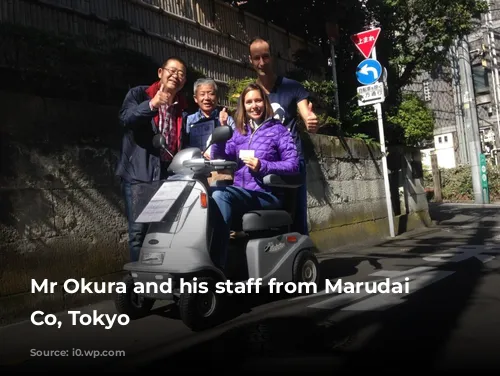
Renting a Mobility Scooter: A Game Changer
Renting a mobility scooter proved to be a fantastic decision. It gave me a newfound sense of independence. I discovered Marudai Motor Co. online and contacted them. Their service was impeccable and affordable, and Mr. Okura and his friendly team delivered the scooter right to our inaccessible Airbnb. The two-week rental cost just 20,000 Yen (around 175 EUR/195 USD).
The rental company provided a certificate confirming the reason for my scooter use, a document that proved invaluable for navigating public transport. This certificate ensured smooth boarding onto both JR-East and Metro trains.
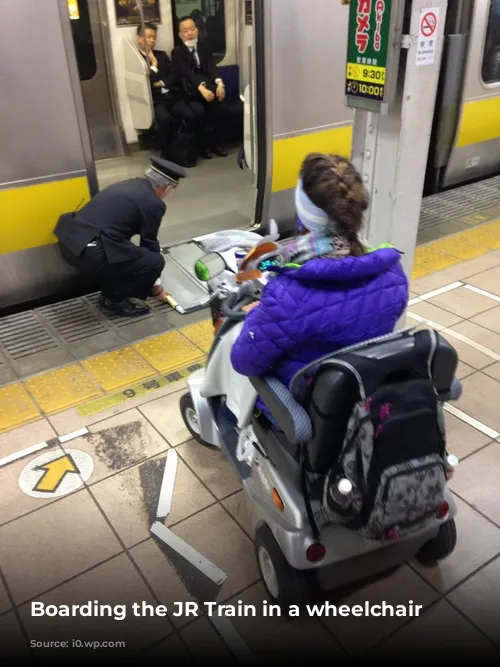
A Dedicated Service: Embracing Inclusivity
Each day, we headed to the station’s wheelchair counter to request assistance. Presenting my certificate, I was met with exceptional kindness and professionalism. A dedicated service agent escorted us to the platform, expertly deploying a mobile ramp for my safe entry into the train. Upon reaching our destination, another agent awaited, ready to assist me off the train using the same ramp. They even guided us to the exit, ensuring a seamless journey.
This VIP service was a godsend, especially considering the immense size and crowds of the stations. The JR-East Japan Railway Company sets a remarkable standard for disability inclusion, making every journey a delightful experience.
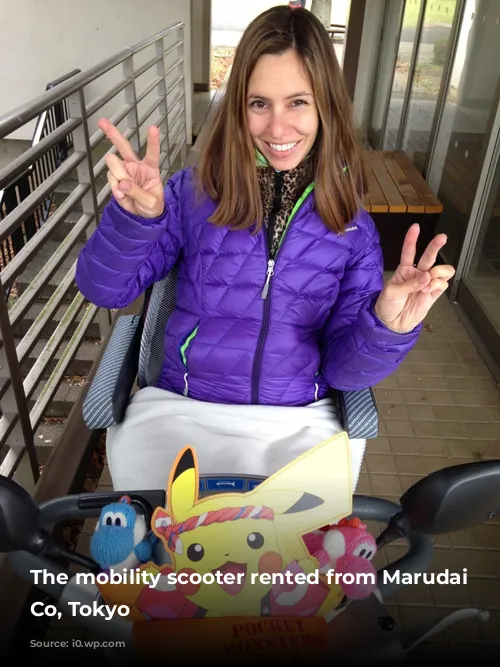
Embracing Inclusivity: A Continuous Evolution
While the JR-East didn’t offer a discount for wheelchair users, the agent explained that it was only applicable for Japanese citizens and available on request. This highlights how a disability sometimes fades when crossing borders. However, the question was worth asking, and we were pleasantly surprised when a private metro offered a 50% discount on fares, suggesting we purchase tickets for children.
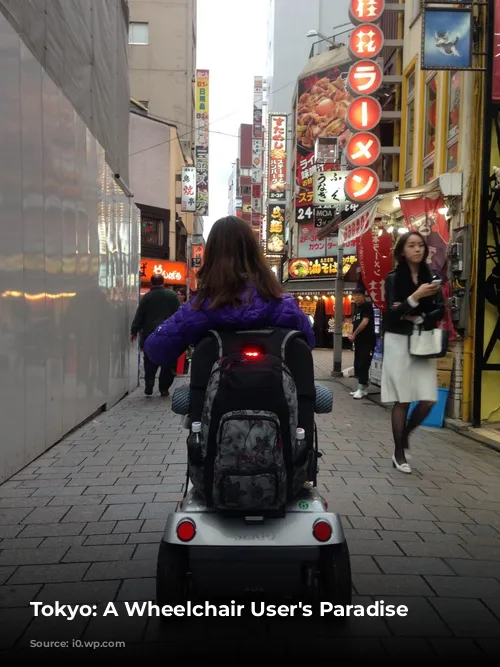
Tokyo: A Wheelchair User’s Dream Destination
Tokyo is an exceptional destination for wheelchair users. The Japanese culture of service and perfectionism is truly inspiring. The public transportation system, with its unwavering commitment to accessibility, stands as a testament to this dedication. Tokyo is a city that leads the way in disability inclusion, a testament to its continuous efforts in making the city a welcoming and accessible place for everyone.
Have you experienced the magic of Tokyo as a wheelchair user? Share your story in the comments below!

